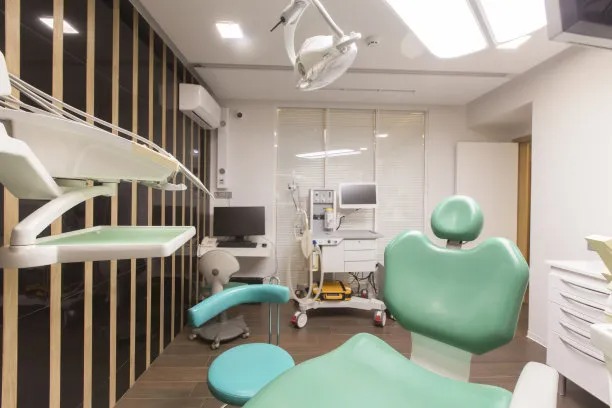Revolutionary Dental Implant Treatment Innovations for Restoring Smiles and Improving Oral Health in Patients of All Ages
Summary: The field of dentistry has seen remarkable advancements in dental implant treatments, revolutionizing the way smiles are restored and oral health is managed. This article explores four key innovations that have transformed the landscape of dental implants for patients of all ages: the introduction of mini implants, advanced imaging techniques, the application of computer-guided surgery, and biomaterials innovation. These developments not only enhance the effectiveness of treatments but also significantly improve patient experience and outcomes. As we delve into each aspect, we will highlight how these innovations contribute to restoring confidence in patients while ensuring a healthier future for their oral health.
1. The Rise of Mini Dental Implants

Mini dental implants have gained attention for their ability to provide a less invasive alternative for restoring missing teeth. These implants are smaller in diameter than traditional implants, making them suitable for patients with less bone density or those who prefer a less extensive surgical procedure.
One of the primary advantages of mini implants is their rapid placement and recovery time. The shorter surgical procedure reduces overall discomfort for the patient, allowing them to resume normal activities sooner. This feature is particularly appealing to older adults who may be apprehensive about lengthy surgeries and the associated recovery periods.
Moreover, mini implants can often be placed in a single appointment, making them a convenient option for those with busy lifestyles. The benefits of these implants are not only restricted to single tooth replacement but expand to support for full dentures, contributing to improved function and aesthetics.
2. Advanced Imaging Techniques Transforming Diagnosis
Advanced imaging technologies such as Cone Beam Computed Tomography (CBCT) are integral to modern implant dentistry. These techniques allow for 3D imaging of the jawbone, revealing critical structural details that enhance treatment planning.
With these high-resolution images, dentists can evaluate bone density and identify anatomical structures that could impact the placement of implants. This detailed insight significantly reduces the risk of complications during surgery, ensuring a smoother process and improved outcomes.
Furthermore, these advanced imaging solutions provide patients with a better understanding of their condition and treatment options. This transparency fosters trust between the dental provider and the patient, fostering a collaborative approach towards achieving optimal oral health.
3. Computer-Guided Surgery Enhancing Precision
Computer-guided surgery represents a transformative breakthrough in implant placement accuracy. Utilizing digital scans and 3D modeling, dentists can plan implant locations with pinpoint precision, leading to minimally invasive procedures.
This method dramatically reduces the surgical time required, meaning less overall impact on the patient’s oral and systemic health. Moreover, the pre-surgical planning allows for immediate loading of dental implants in many cases, providing patients with quicker access to functional and aesthetic results.
The precision achieved through computer-guided systems also enhances safety, minimizing the likelihood of nerve damage or sinus perforation during procedures. This level of care and expertise displays a significant shift towards patient-centered practices in dentistry.
4. Innovative Biomaterials Improving Longevity
Biomaterials used in dental implants have evolved significantly, enhancing the success rates and lifespan of these devices. New materials, such as titanium alloys and bioactive ceramics, not only support osseointegration but also promote healing.
These innovative materials are designed to mimic the natural structure of bone, resulting in more stable implants that integrate better with the surrounding tissues. This improvement leads to long-lasting solutions for patients, reducing the need for replacements or additional surgeries.
The introduction of growth factors and stem cell technologies in implant materials is further revolutionizing treatments. These advancements encourage faster and more efficient healing, empowering patients with quicker recovery times and reduced incidences of implant failure.
Summary:
The advancements in dental implant treatment innovations are reshaping the way oral health challenges are met in patients of all ages. From mini implants that allow for less invasive procedures to advanced imaging techniques ensuring precise placements, technology continues to play a pivotal role in improving patient care. The combined effectiveness of computer-guided surgery and innovative biomaterials not only enhances patient outcomes but also reinforces the shift towards a more patient-centered approach in dentistry.
This article is compiled by Vickong Dental and the content is for reference only.


